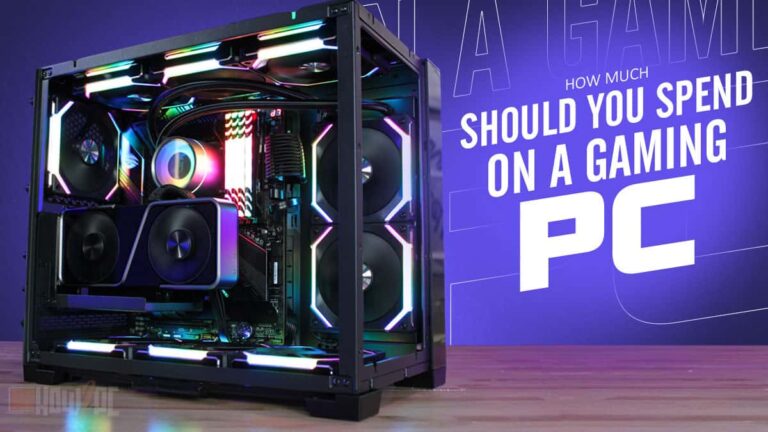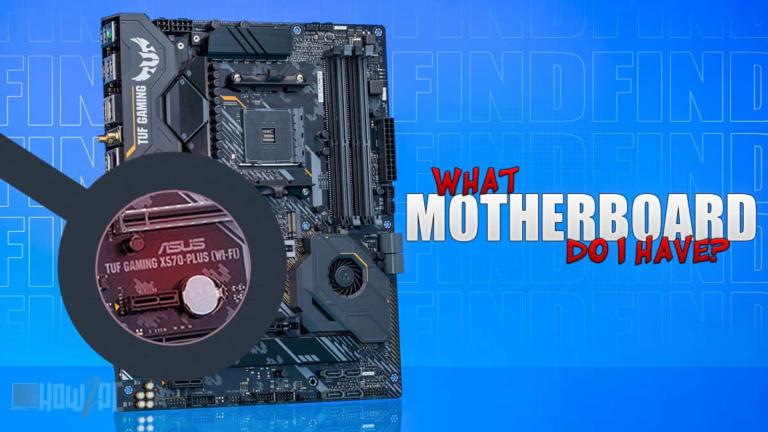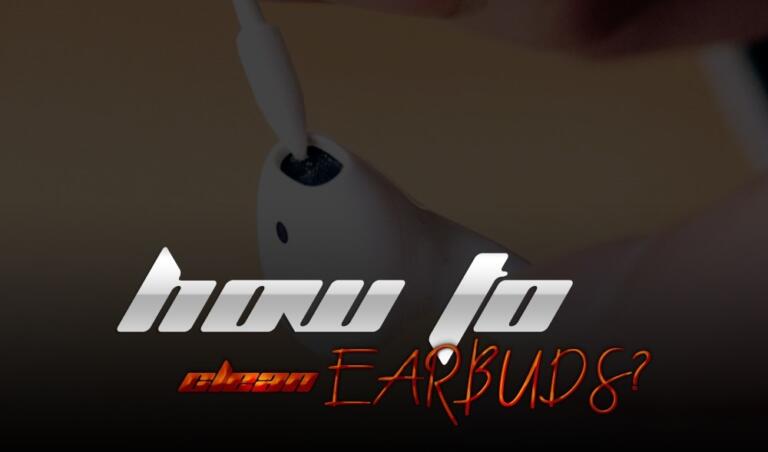The best form of connection between two devices is arguably a wireless one because you do not have to deal with wires cluttering the desk and also hindering the movement of the peripheral. Speakers also fall in the same category and ones that are connected via Bluetooth are convenient and much easier to handle.
The issue that comes up is the lack of concrete information on the matter and also the confusing configuration in windows. This is the reason we see many posts on the forms on the topic of how to connect a Bluetooth speaker to a computer. Worry not though because this article will cover all the basics that you need to connect Bluetooth speaker to PC.
RELATED:
16 Best Computer Speakers Under $100
2.1 vs 5.1 vs 7.1 Speakers: How are They Different?
How to Set Up Speakers on PC
External Computer Speakers Not Working in Windows 10? Try These Fixes!
How to Make Computer Speakers Louder?
Checklist for a Stable Bluetooth Connection
It goes without saying that before you connect your speaker via Bluetooth you need speakers that support the Bluetooth protocol. Ideally, you want speakers with the latest Bluetooth 5.0 protocol for the best possible connection but older ones will suffice as well. Needless to say, if your speakers do not have the Bluetooth connection, to begin with then you need to purchase speakers that support Bluetooth.
Next up you will need a Bluetooth adapter because most PCs do not have built-in Bluetooth until and unless you have the latest generation high-end motherboard. To check if your motherboard has integrated Bluetooth you can simply visit your manufacturer’s website or check in the windows Bluetooth setting. As to what adapter you need do not buy a throw-away one because cheap adapters will cause signal drops. Get a decent adapter that supports the latest protocols.
After you get the adapter make sure to check for any updated drivers for that particular one. The easiest way to check for drivers is as follows
- Type device manager in the windows search bar.
- Navigate to portable devices and select your adapter
- Right-click on the adapter and click on update driver.
Windows will then automatically search for a better driver and if there is such it will automatically update it for you. Now with all this done let us look at how to get the speakers up and running.
How to Connect Bluetooth Speaker to PC?
With all the right equipment connecting the speakers via Bluetooth is very easy and straightforward so without any more wait let us look at the method.
- Type Bluetooth in the windows search bar.
- Windows will present you with the Bluetooth and other device settings open it.
- In the window that opens click on the add Bluetooth or other devices option.
- Opening this will present you with another window. Here select Bluetooth and proceed forward.
- Select your speaker when windows detects them.
- Proceed with the instructions on the screen and your speakers will connect with your PC via Bluetooth.
If your speakers are not showing up in the Bluetooth search then you need to make them discoverable first. To do this refer to the manual of your speakers that will contain the information on how to make the speakers discoverable. If you are having any other problems then check out our next segment otherwise if your speakers are connected and up and running you can skip it.
YOU MAY ALSO LIKE:
Best Bookshelf Speakers Under 200 Dollars
Bookshelf vs Floorstanding Speakers: Which One to Buy?
Soundbar vs Bookshelf Speakers
Bookshelf Speakers vs Studio Monitors: How are They Different?
Everything You Need to Know Bookshelf Speakers
Common Problems Encountered When Connecting Speakers via Bluetooth
There are plenty of errors that arise when connecting the speakers via Bluetooth. Most of them require simple troubleshooting so if you are encountering any of them do not be worried.
We are going to list two very easy troubleshoots that you can do to eliminate any error. The first and the most effective one is uninstalling the Bluetooth driver of the device. This requires a similar method as that of updating the driver which is already mentioned above.
The next thing you can do is to run the Windows built-in troubleshooter. It will automatically identify the issue and fix it for you. If it does not remove the issue outright it can at least identify it and present it to you so you can remove it.








